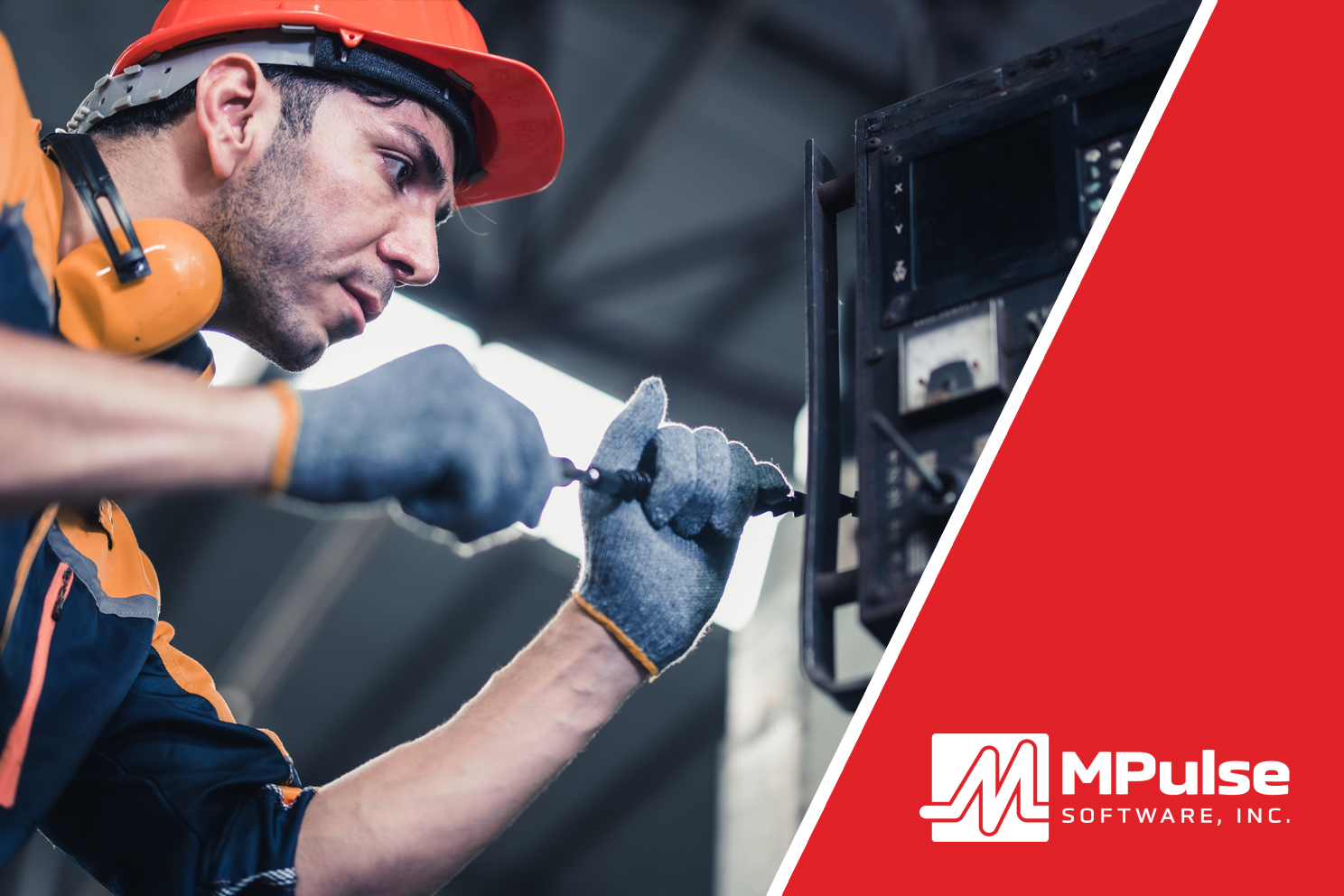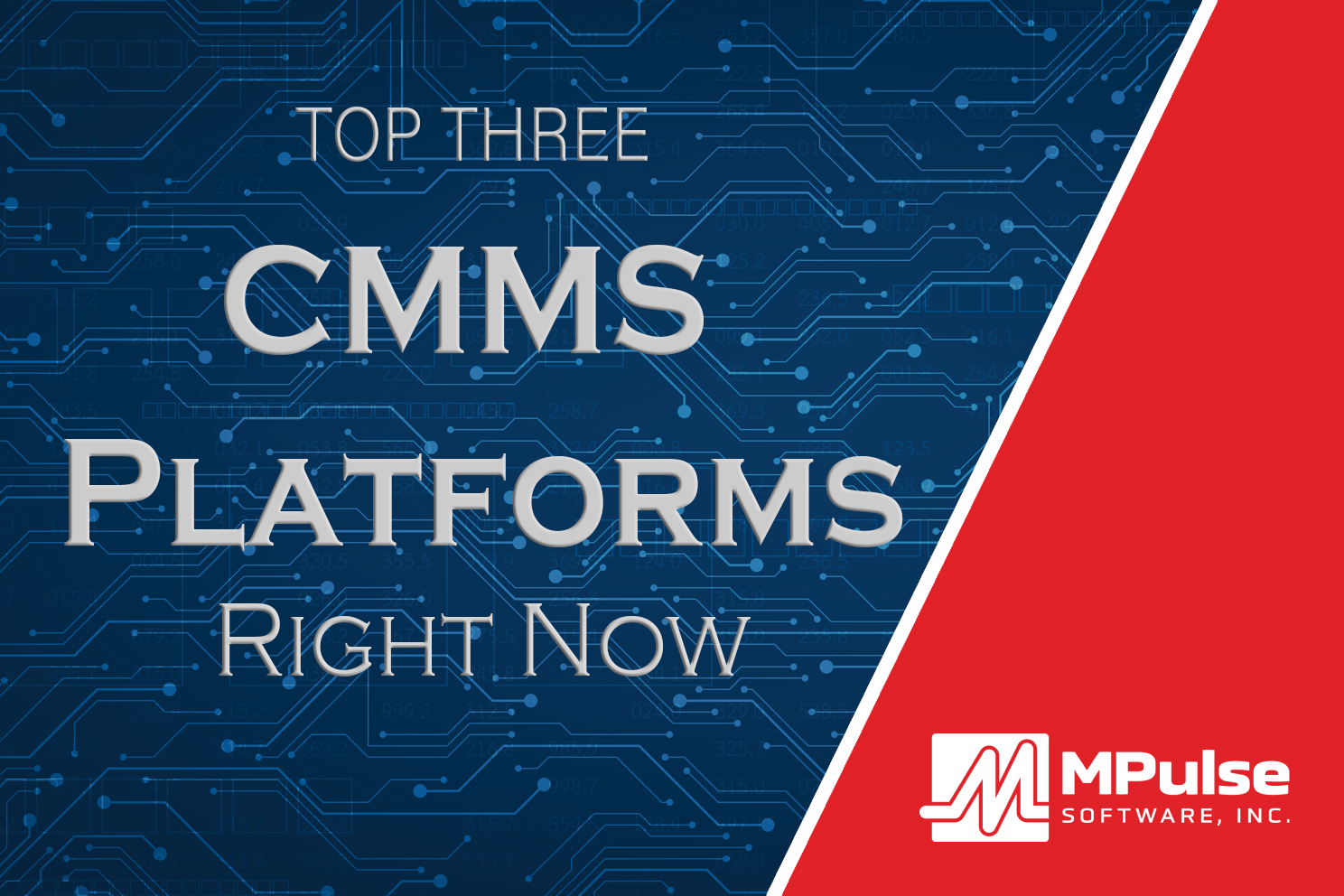Routine property maintenance isn’t just about fixing things when they break. It’s about protecting your investment, maximizing asset life, improving energy efficiency, and ensuring a safe, pleasant environment for occupants.
If you own or manage property—whether it’s a commercial building, a shopping center, or an industrial facility—you know that regular upkeep is essential. But maintenance is often reactive, sporadic, and focused on putting out fires instead of preventing them. That short-term mindset can quietly chip away at your property’s long-term value.
The solution? A proactive, well-organized maintenance strategy supported by CMMS.
CMMS makes it significantly easier to stick to a consistent schedule, reduce costs, and make smarter, data-driven decisions about your property’s future.
Table of Contents
Why Routine Building Maintenance Matters
Properties are like cars: if you wait until the check engine light is on, you’ve waited too long. Small issues—leaky faucets, dirty filters, cracked seals, or poor drainage—can snowball into major repairs or even structural damage when ignored. Routine maintenance allows you to:
- Extend the life of building systems like HVAC, plumbing, and electrical.
- Preserve the appearance and appeal of the property, which impacts both tenant satisfaction and resale value.
- Catch minor issues early, avoiding costly emergency repairs.
- Stay compliant with safety codes and industry regulations.
- Save money over time through energy efficiency and planned repairs.
But knowing why routine building maintenance matters and doing it consistently are two different things. That’s where many facilities struggle—especially without a system in place to track maintenance tasks, asset conditions, and historical costs.
CMMS, however, becomes a game-changer.
CMMS and a Long-Term Routine Building Maintenance Plan
CMMS manages all aspects of maintenance operations—assets, work orders, inspections, service history, parts, vendors, and more. It creates structure, visibility, and accountability, making it much easier to plan, schedule, and complete routine property maintenance.
Here’s how a CMMS helps protect your property’s long-term value.
1. Create and Automate Preventive Maintenance Schedules
With CMMS, you can build a comprehensive preventive maintenance plan tailored to each building system. Whether it’s quarterly HVAC inspections, monthly fire extinguisher checks, or annual roofing assessments, you can automate reminders and assign tasks to the right people. No more relying on sticky notes, memory, or last-minute scrambles.
Automated PM schedules mean critical systems are serviced on time—keeping them running efficiently and helping you avoid premature breakdowns or replacements.
2. Centralize Maintenance Records and Asset History
Imagine trying to sell a property or justify capital upgrades without records of past maintenance. CMMS keeps everything in one place—service dates, vendor details, repair costs, warranty info, equipment manuals, and inspection reports. This organized history boosts property valuation and provides crucial documentation for lenders, insurers, or potential buyers.
It also empowers you to make informed decisions. You’ll know exactly when that boiler was last serviced or how much you’ve spent on elevator repairs in the last five years—valuable data when evaluating whether to repair or replace.
3. Track Condition and Plan for Capital Improvements
Routine building maintenance often reveals signs of aging or inefficiency in your building systems. CMMS platforms can log these observations and even prompt condition assessments or follow-up inspections. Over time, you build a clear picture of your property’s physical condition, which helps you plan for major repairs or capital improvements before they become urgent.
Instead of being surprised by a failing HVAC system, you’ll have a record of declining performance, allowing you to budget and schedule a replacement proactively.
4. Improve Response Times and Accountability
Even with the best routine building maintenance plan, issues will arise. CMMS streamlines the process of responding to maintenance requests, prioritizing work orders, and assigning technicians. Most systems include mobile access, so teams can update work status and upload photos in real-time.
That level of responsiveness is not just efficient—it also builds trust with tenants and stakeholders, showing that you’re committed to the care and condition of the property.
5. Reduce Operating Costs Through Efficiency
Let’s not forget the financial angle. Proactive maintenance often uncovers inefficiencies like clogged air filters, leaking valves, or outdated lighting. Fixing these small issues as part of routine building maintenance reduces energy consumption, lowers utility bills, and prevents costly damage.
Your CMMS can also track parts inventory and vendor pricing, helping you avoid rush orders and identify cost-saving opportunities through bulk purchasing or vendor negotiations.
Long-Term Value is Built One Work Order at a Time
There’s no magic formula for routine building maintenance. It’s a process—a daily commitment to doing the small things right. Replacing air filters on schedule, tightening loose railings, flushing water heaters, sealing cracks, cleaning gutters. These tasks add up. They protect your infrastructure, reduce wear and tear, and send a clear message: this property is well cared for.
When you back that commitment with CMMS, you’re no longer guessing. You have a structured, trackable system that ensures nothing slips through the cracks. You can plan better, respond faster, and demonstrate a consistent maintenance record that adds real value to your property over time.
Routine Building Maintenance Matters
Whether you’re maintaining a single building or a multi-property portfolio, routine building maintenance is the foundation of long-term property value. It’s not glamorous, but it pays off in higher asset performance, fewer emergencies, better tenant satisfaction, and stronger resale potential.
CMMS takes the guesswork and hassle out of the equation. With a centralized platform for scheduling, tracking, and analyzing your maintenance efforts, you can finally move from a reactive approach to a proactive strategy that truly protects your investment for the long haul.
Have questions? MPulse Software has answers. Contact us to get started.






